There’s a moment in Brian Friel’s masterpiece when five sisters spontaneously break into dance in their kitchen, a scene of wild abandon that captures the beating heart of this extraordinary play. Like the fleeting Irish summer, this moment of pure joy burns bright before fading into memory, embodying the bittersweet essence of “Dancing at Lughnasa.”
Historical Context
Set in County Donegal, Ireland, in 1936, “Dancing at Lughnasa” unfolds against a backdrop of significant change. The Industrial Revolution is finally reaching rural Ireland, bringing with it both promise and destruction. The Catholic Church maintains its grip on society, while ancient Celtic traditions linger in the shadows. The play was written in 1990, during Ireland’s economic transformation, lending it a particular poignancy in its portrayal of a vanishing way of life.
The festival of Lughnasa, celebrating the Celtic harvest god Lugh, serves as both setting and metaphor. This pagan celebration, suppressed but not eliminated by Christianity, represents the tension between tradition and modernity, passion and propriety, that runs throughout the play.
Plot Overview
Through the memories of Michael Evans, we witness the late summer of 1936 in the Mundy household. The five unmarried Mundy sisters – Kate, Maggie, Agnes, Rose, and Christina (Michael’s mother) – live in rural Ballybeg, scraping by through various forms of work. Their brother Jack, a missionary priest, has returned from Africa, but his years away have left him changed, his faith transformed by African spirituality.
The arrival of Gerry Evans, Michael’s charming but unreliable father, sets events in motion that will ultimately lead to the family’s dissolution. The sisters’ acquisition of their first wireless radio brings music and dreams into their lives, even as economic realities threaten to tear them apart.
Themes & Analysis
Memory and Narrative
The play’s use of memory as both structure and theme is masterful. Adult Michael’s narration frames the action, creating a distance that makes the events more poignant. His memories are admittedly imperfect, allowing Friel to explore how we construct our past and how memory shapes our understanding of reality.
Dance and Expression
Dance becomes a powerful metaphor for everything unspoken and unrealized in the sisters’ lives. Their kitchen dance represents a moment of pure freedom from social constraints, while the traditional dances at the harvest festival symbolize a connection to ancient Irish culture being lost to modernization.
Religion and Paganism
Through Father Jack’s story and the backdrop of Lughnasa, Friel explores the tension between Christian and pagan traditions. Kate’s rigid Catholicism contrasts with Jack’s embracing of African spirituality and the sisters’ attraction to the “pagan” harvest dances.
Innovative Elements
Friel’s use of memory as narrative device was groundbreaking for its time. The play’s structure, with its adult narrator participating in and commenting on scenes from his childhood, influenced numerous subsequent works. The treatment of dance as a form of language and expression was also innovative, creating some of theater’s most memorable non-verbal sequences.
Cultural Impact
“Dancing at Lughnasa” has become a cornerstone of modern Irish theater, celebrated for its sensitive portrayal of women’s lives in rural Ireland and its exploration of memory and family bonds. The play has been produced worldwide, speaking to audiences far beyond its specific Irish setting through its universal themes of family, change, and loss.
Staging & Performance
The play presents unique challenges in its staging of memory. Directors must balance naturalism with the dreamlike quality of remembrance. The famous dancing sequences require careful choreography to capture both abandonment and restraint. The radio, “Marconi,” becomes almost another character, requiring precise technical coordination.
Reading Guide
Best editions include:
- Faber and Faber edition with introduction by Seamus Heaney
- Samuel French edition with notes on the first production
Simple and straightforward typesetting of Friel’s original script.
Free version? Try the version on Internet Archive: https://archive.org/details/dancingatlughnas00frie
When reading, pay attention to:
- Michael’s interruptions and commentary
- The contrast between spoken and unspoken thoughts
- Stage directions describing dance sequences
- References to Celtic mythology
Contemporary Relevance
The play’s themes resonate strongly today:
- The impact of economic change on traditional communities
- The role of women in society
- The tension between secular and religious life
- The preservation of cultural traditions
- Family bonds in times of hardship
“Dancing at Lughnasa” captures a moment of transition – personal, cultural, and historical – with extraordinary grace. Through the specific story of the Mundy sisters, it speaks to universal experiences of family, love, and loss. The play’s exploration of memory and its role in shaping our understanding of the past feels increasingly relevant in our age of curated personal narratives.
Additional Resources
Critical reflections on Friel’s work
- “Brian Friel: Essays, Diaries, Interviews: 1964-1999”
- “The Cambridge Companion to Brian Friel”
- The 1998 film adaptation
- RTE radio documentary “Dancing at Lughnasa: Twenty Years On”
Other works by Friel
Includes: Dancing at Lughnasa, Fathers and Sons, Making History, Wonderful Tennessee, Molly Sweeney

Faber Critical Guides – by Nesta Jones and Jim Hunter
Brilliant resource for students, lots of contextual information and critical ideas related to Friel’s works.
Film version directed by Pat O’Connor in 1999
Stars Meryl Streep and Michael Gambon
Fun Facts & Trivia
- The play is loosely based on Friel’s mother and aunts
- The fictional town of Ballybeg appears in many of Friel’s plays
- Meryl Streep played Kate in the 1998 film adaptation
- The original production featured future star Brid Brennan
Watch a production online
Below is a full production of “Dancing at Lughnasa” by students from the Vox Method acting school in 2019, directed by W. Steven Lecky.
In the end, “Dancing at Lughnasa” is more than a play about five sisters in rural Ireland. It’s a meditation on memory, a celebration of resilience, and a lament for a vanishing world. Through Michael’s memories, we witness both the joy and the sorrow of human existence, captured in moments as fleeting and powerful as a dance in a kitchen on a warm summer day.
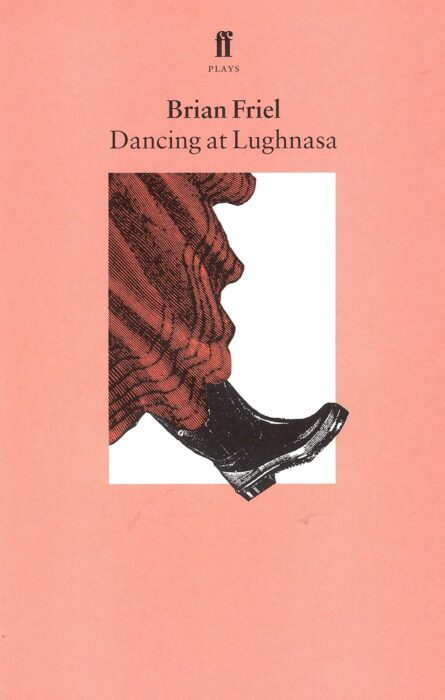
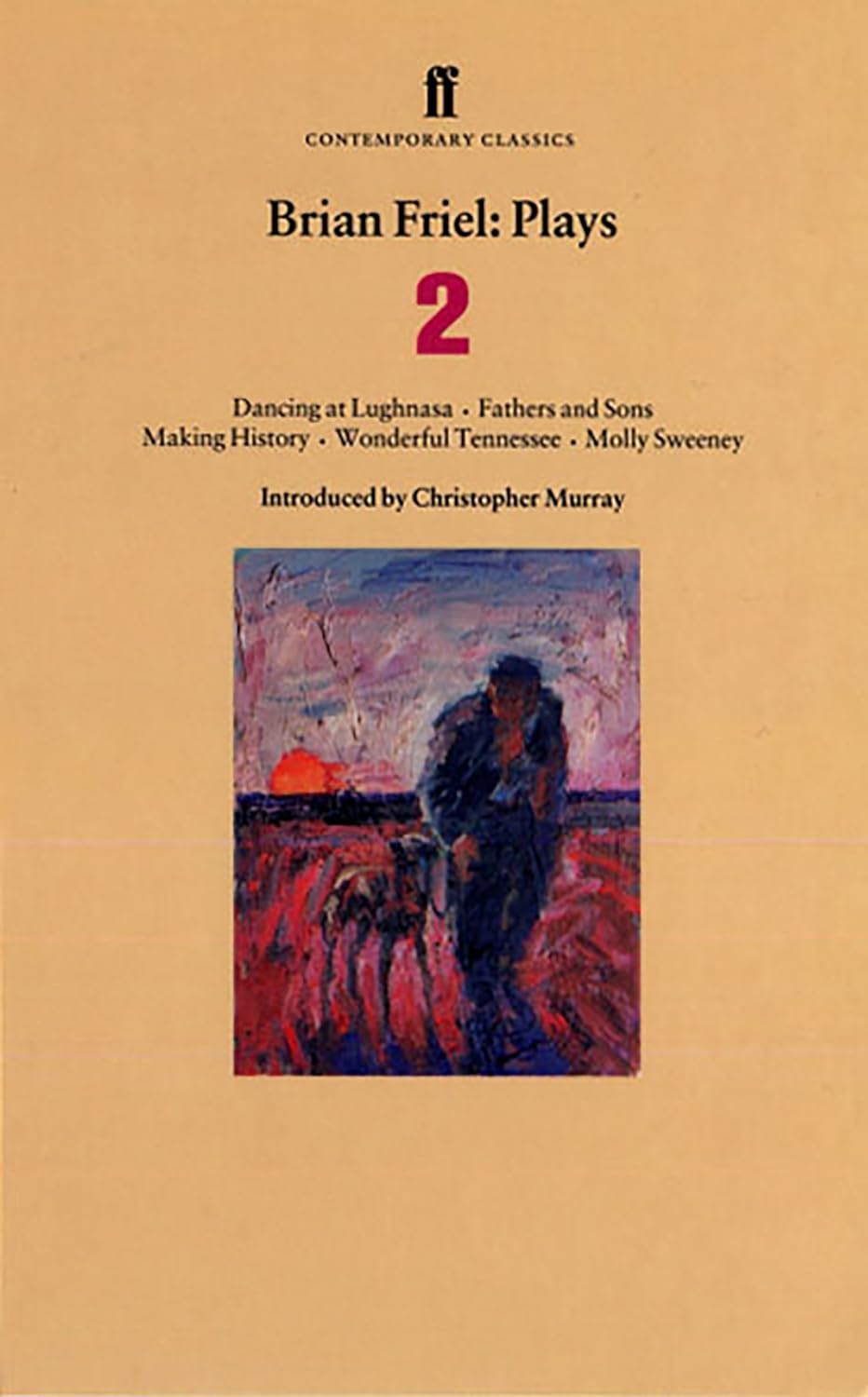
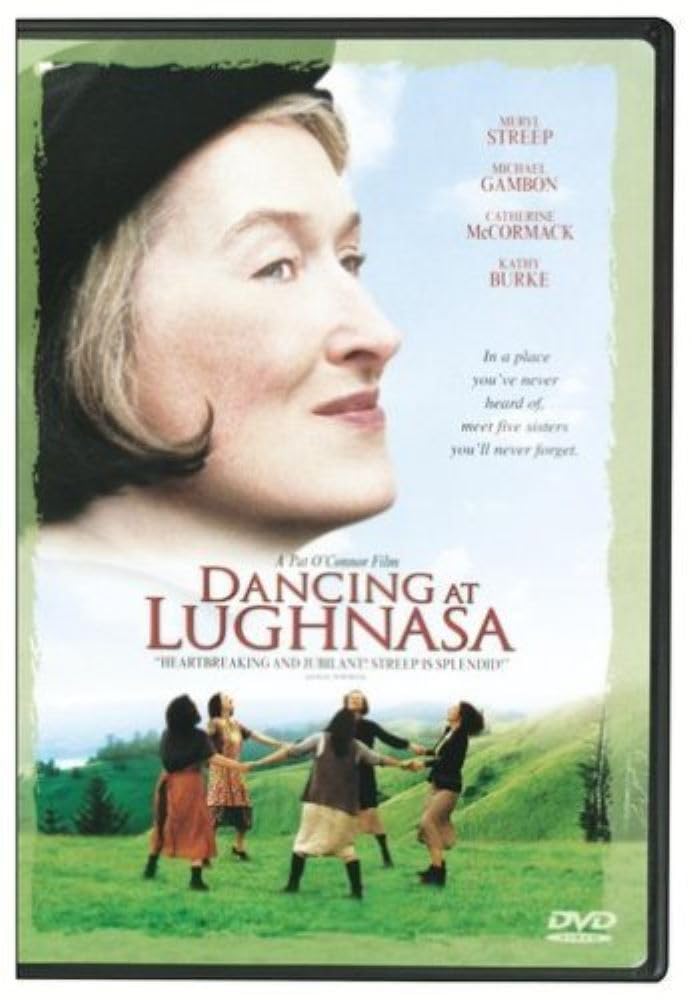

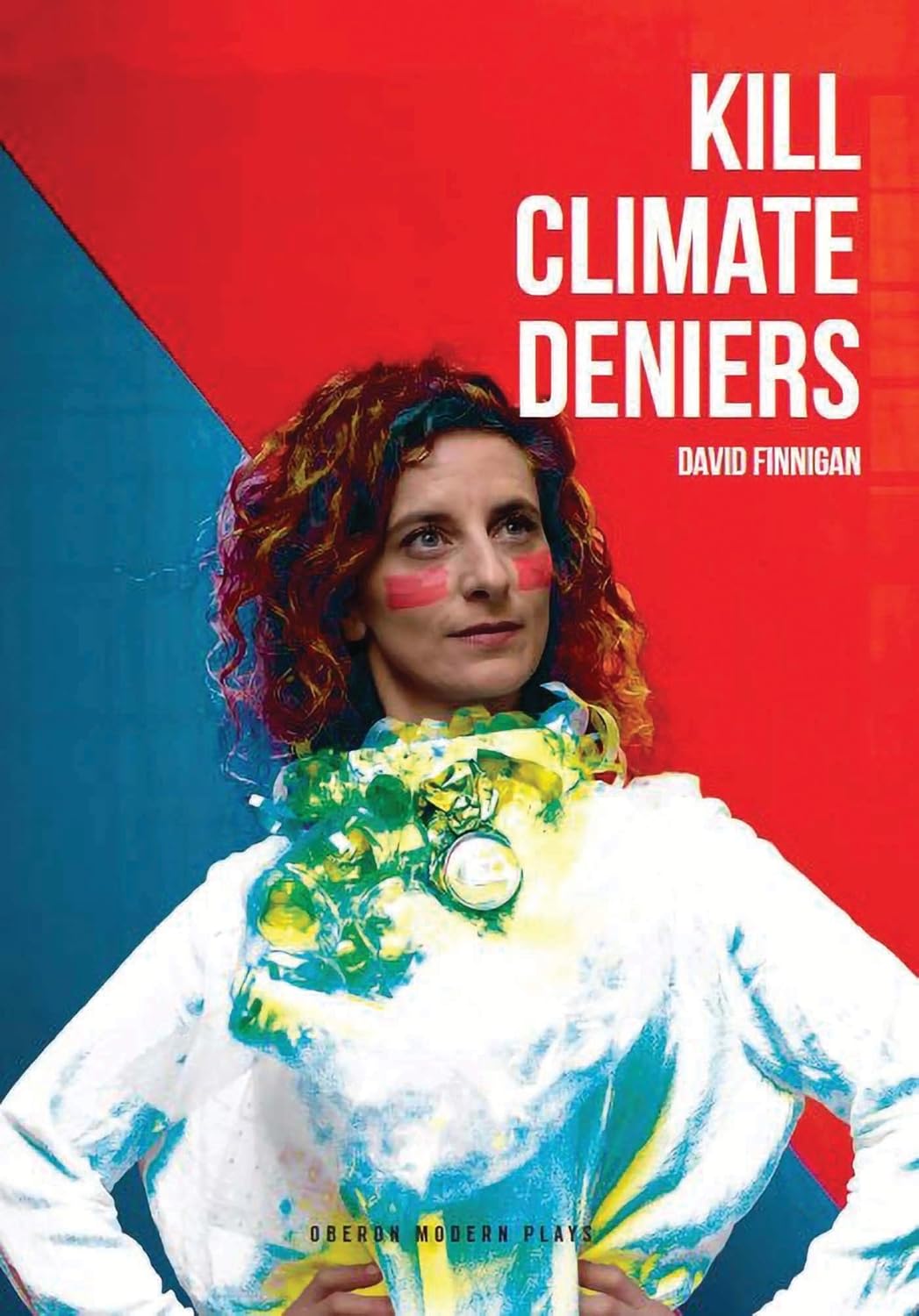
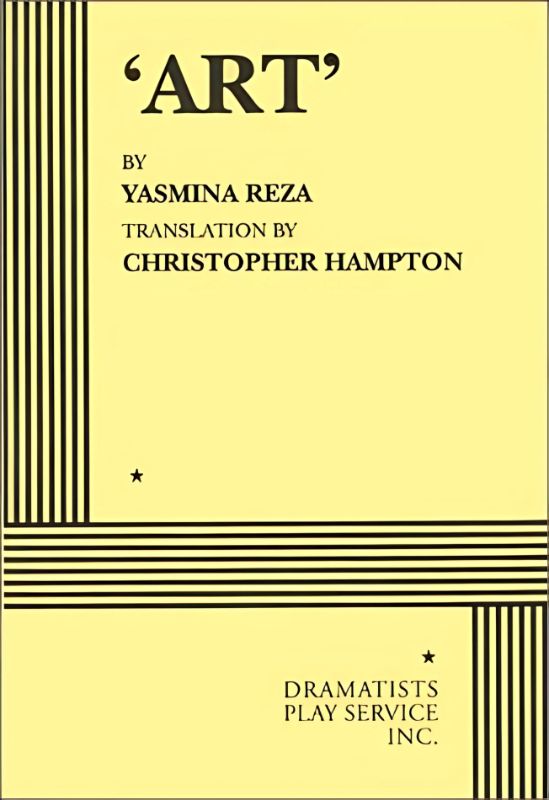
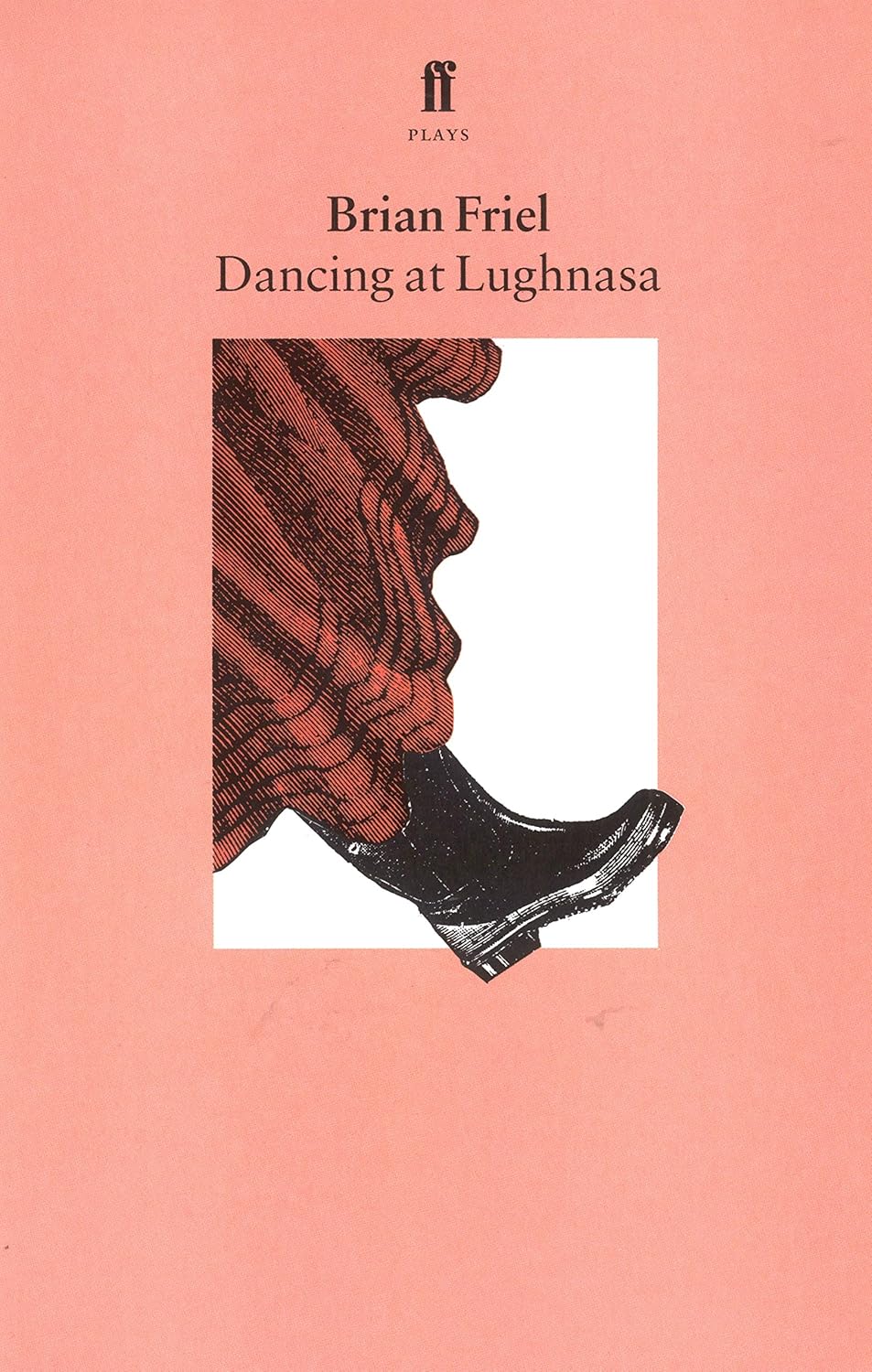
Leave a Reply